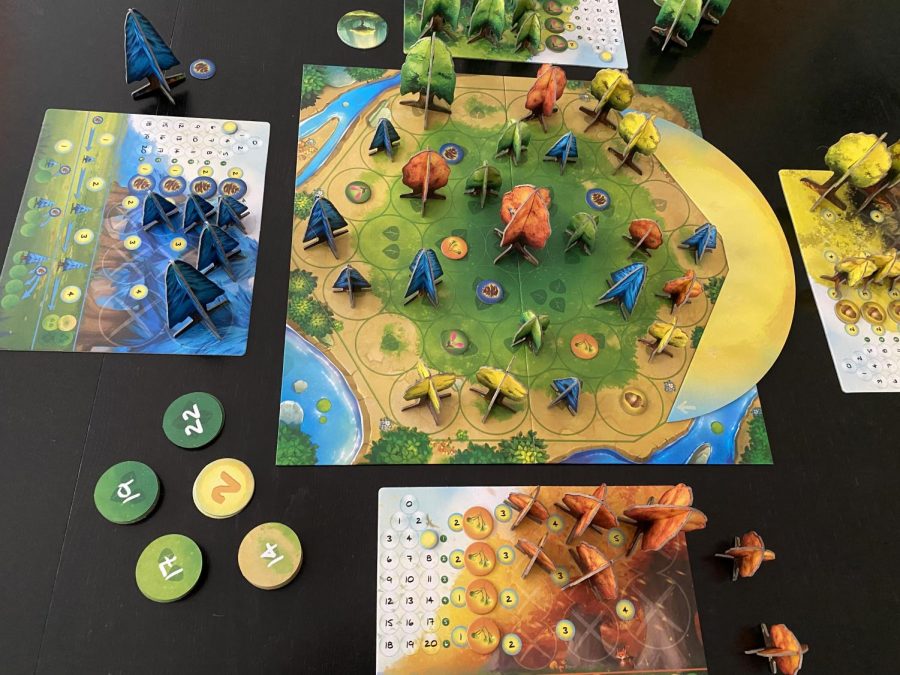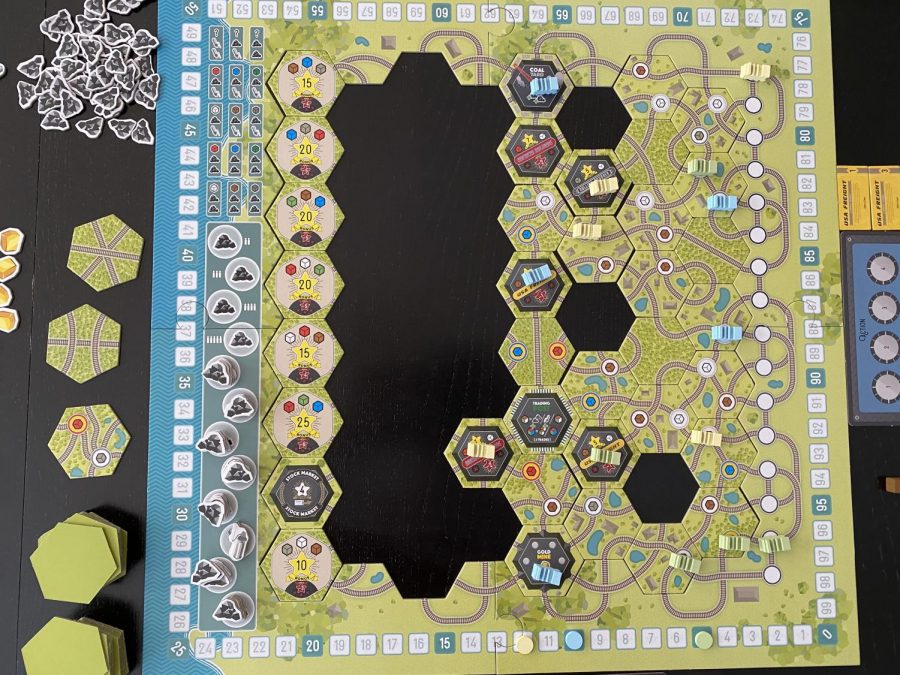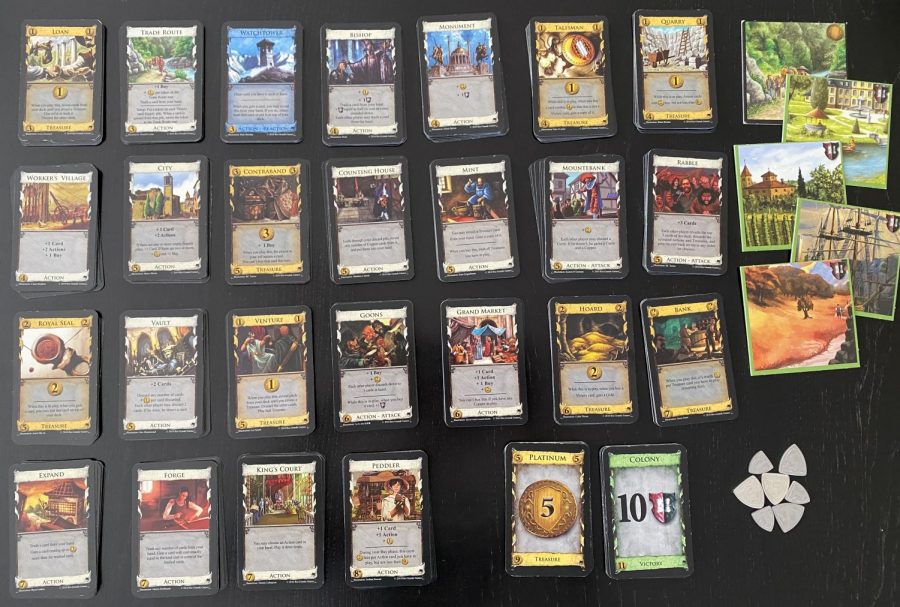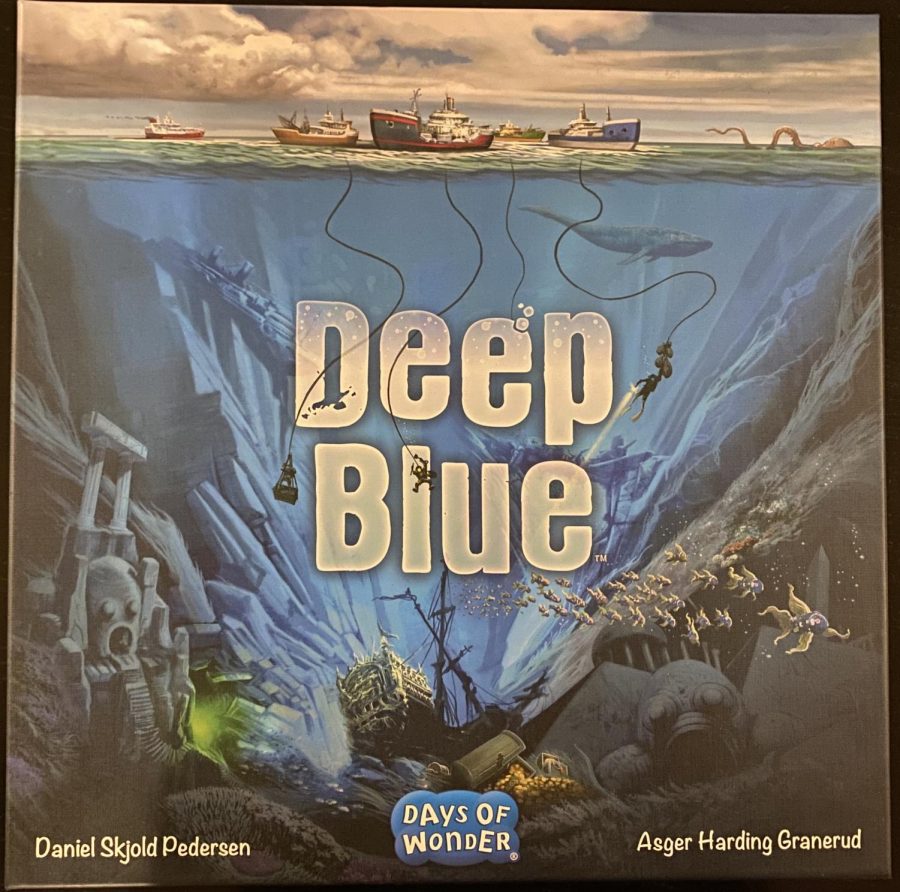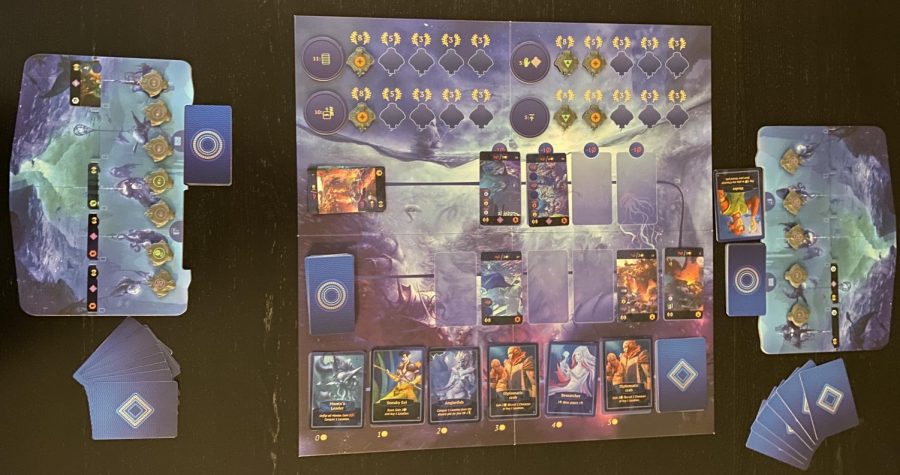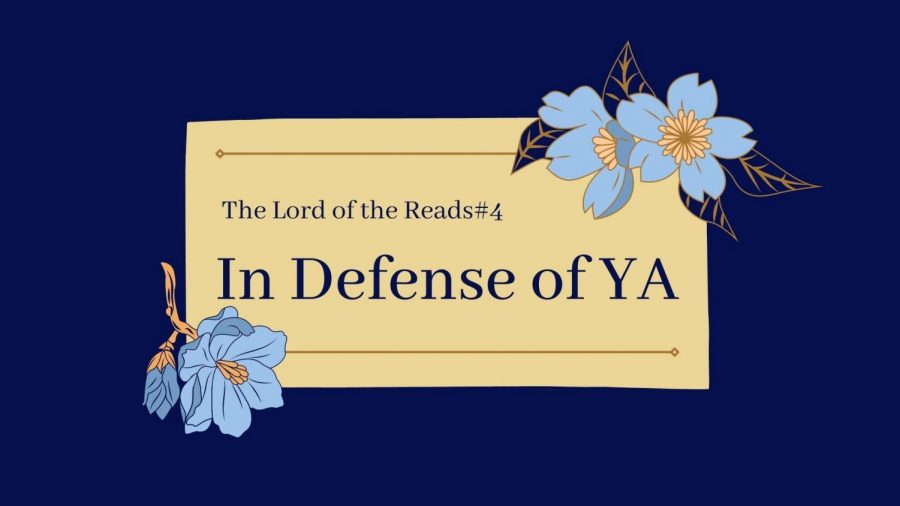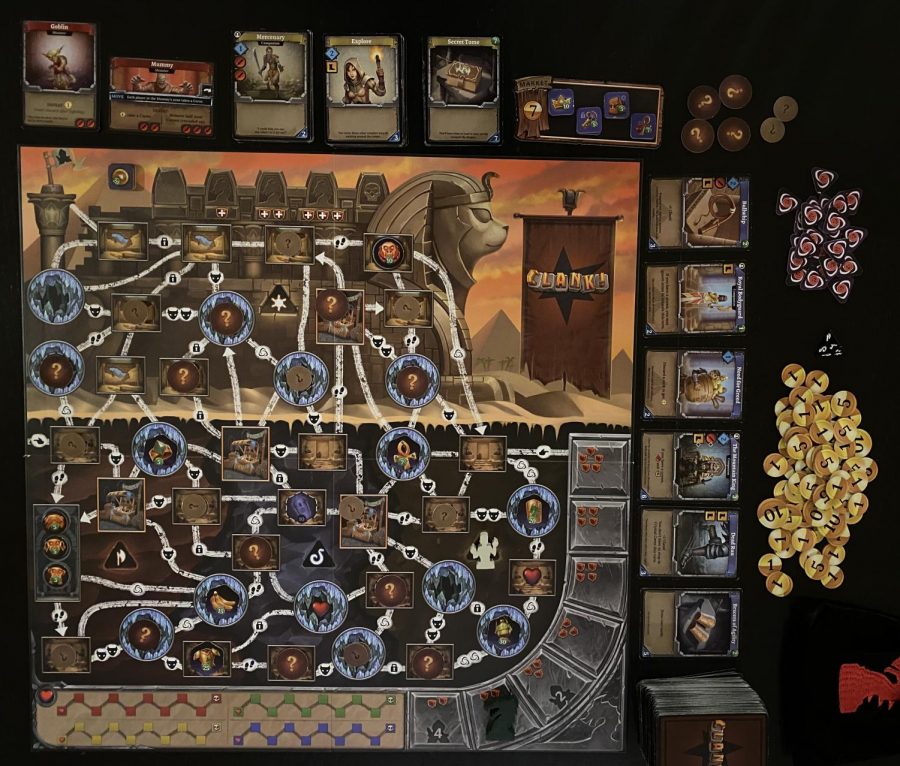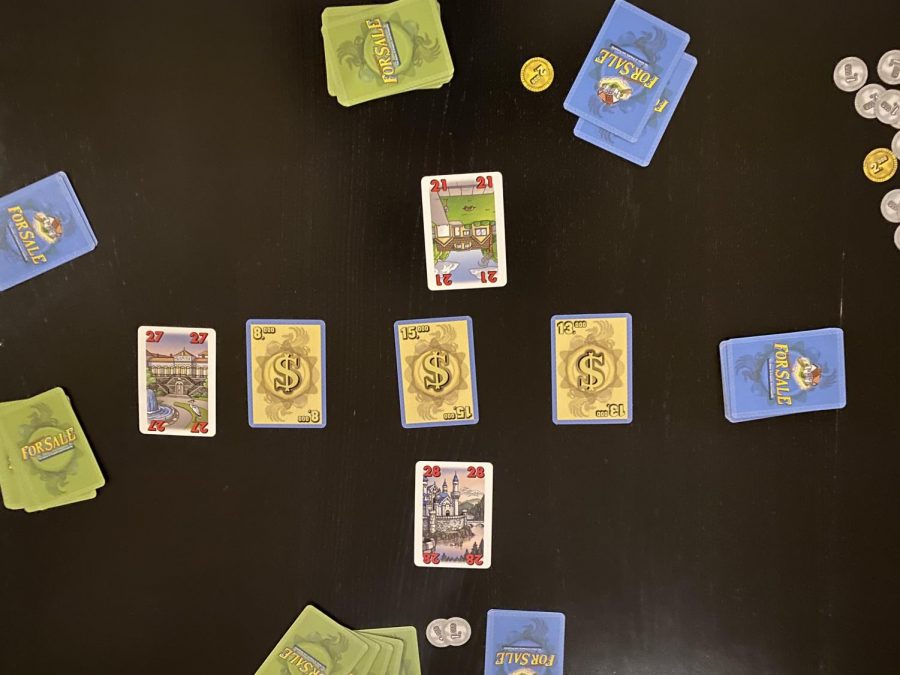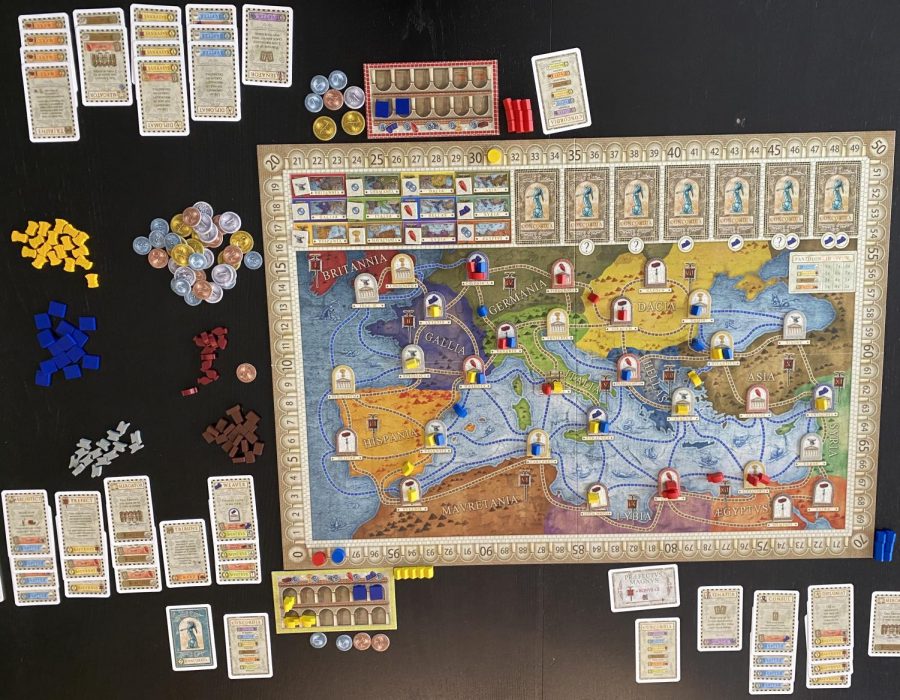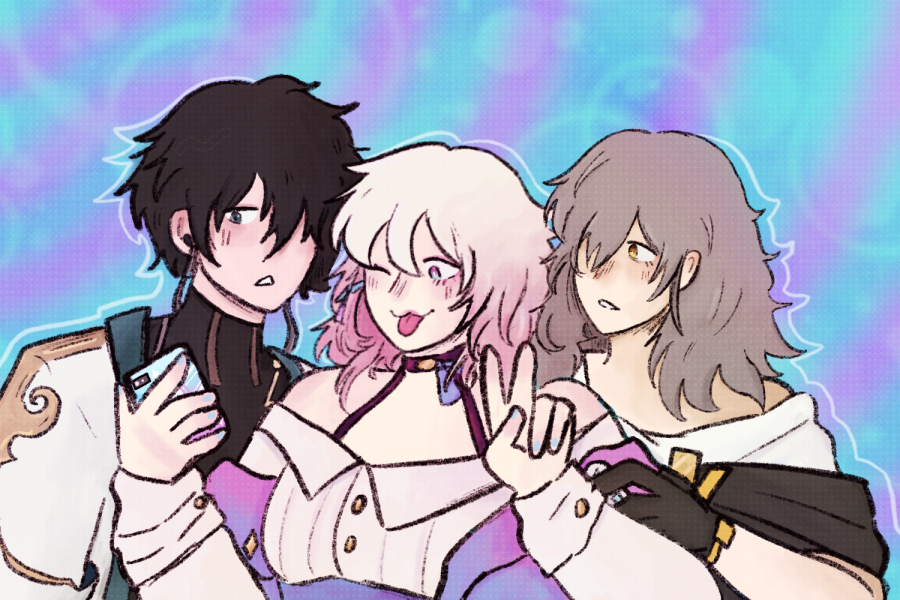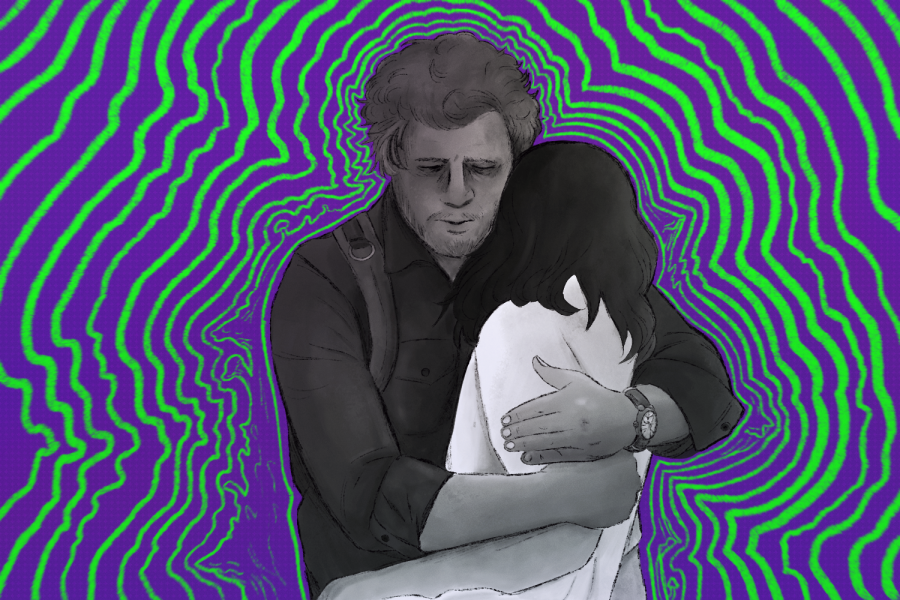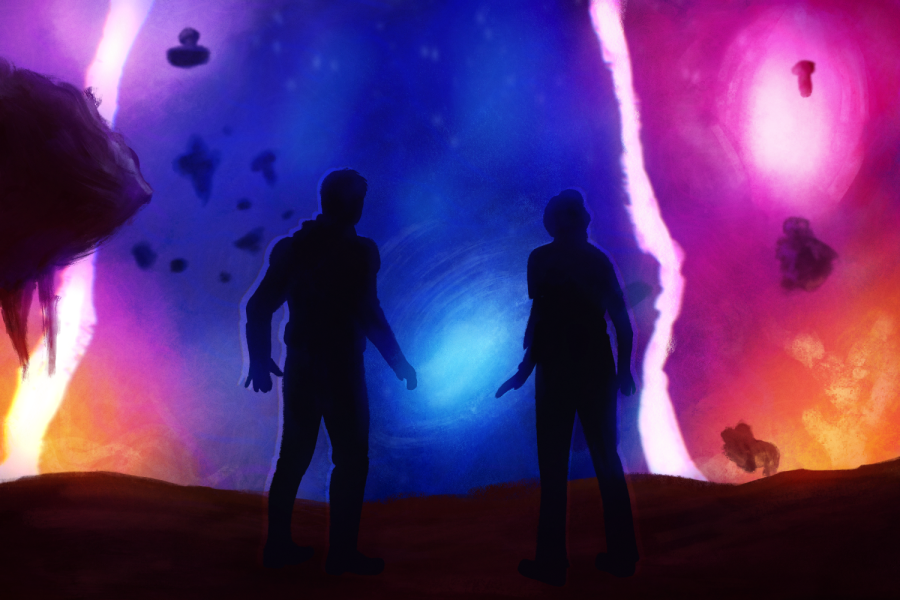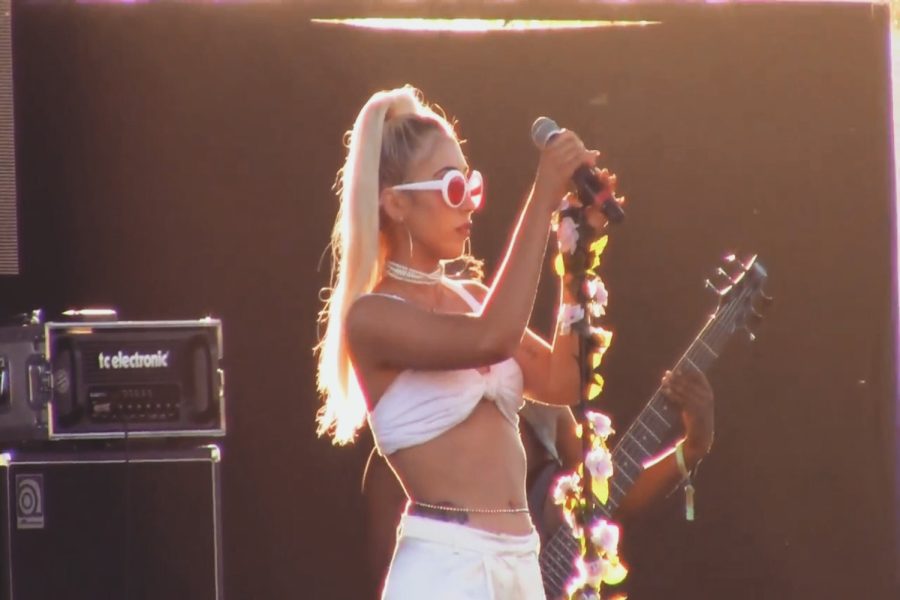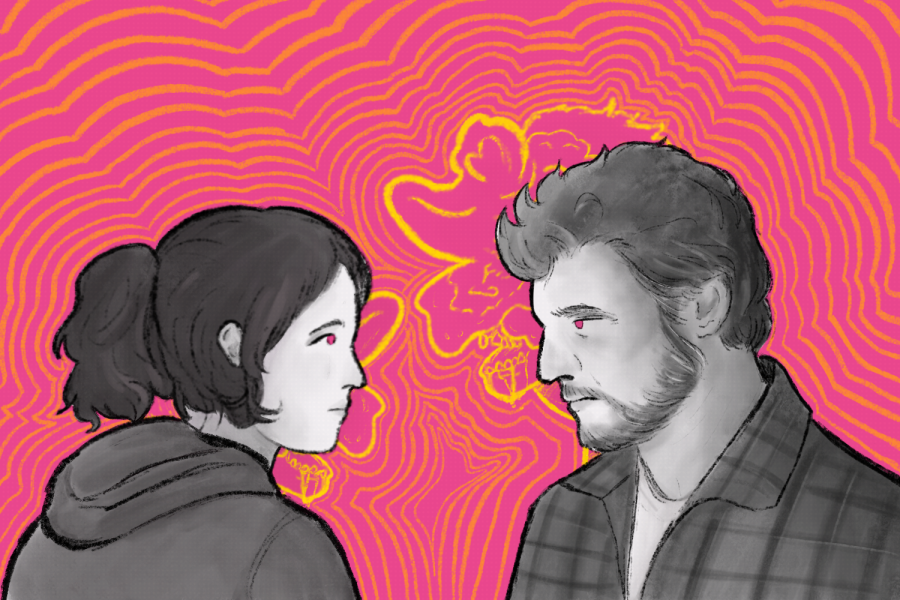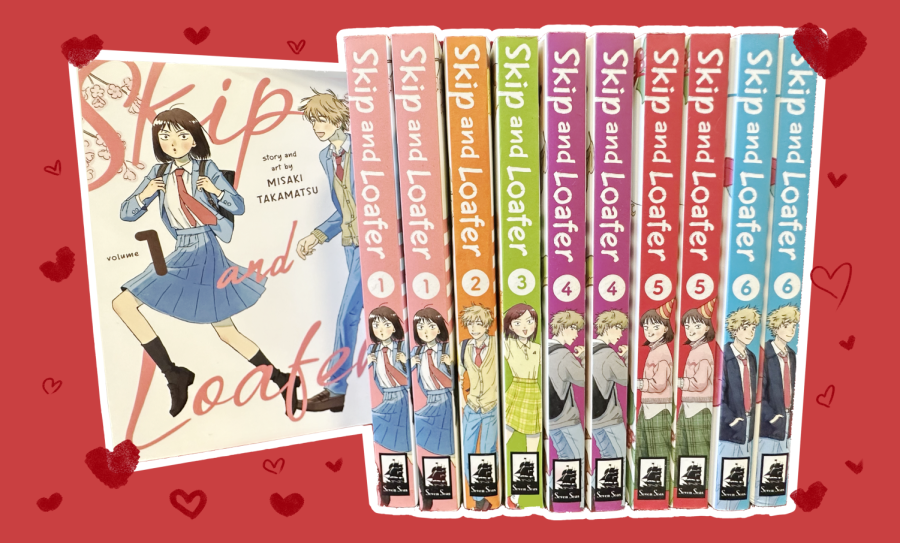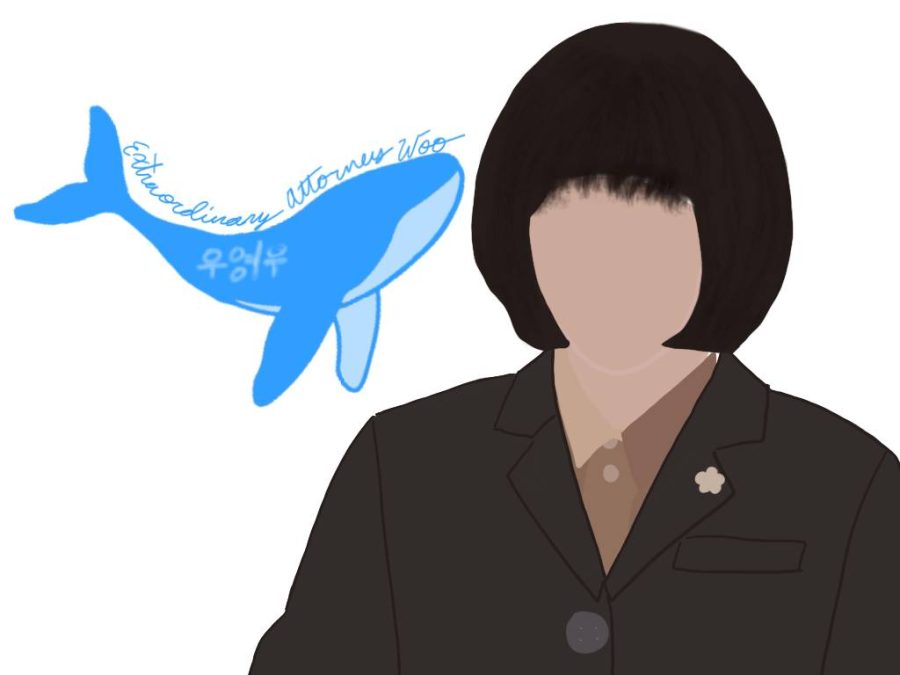Take your trees through their life cycle in a sustainable ecosystem. Published by Blue Orange Games and designed by Hjalmar Hach, Photosynthesis is an engine-building abstract strategy game for 2-4 players. In the game, players collect light points from their trees. Then, they use those points to plant seeds, grow trees, and remove them from the board to score points. However, players have to strategize where they put their trees because taller trees cast longer shadows. Instead of just talking about this game, let me show you how it works.
How to Play
Setup
Before you can play the game, you have to punch out cardboard pieces. You’ll put the cardboard pieces together to make a handful of cardboard trees for each player.
Each player takes all the trees and seed tokens in their color and puts them on their player board. The extra components are placed in their reserve next to their board. The sun is placed around one portion of the board. The soil tokens are sorted by soil types and stacked in numerical order with the highest number of each kind on top.
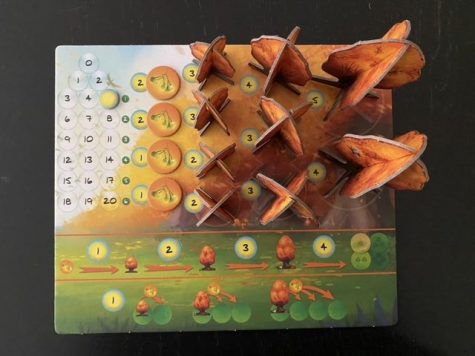
Starting with the first player, everyone places one small tree on an empty perimeter space of the board. Once all players have a tree, players place a second small tree on an empty perimeter space in reverse turn order.
Now players are ready to start the game. The game spans three “years,” each consisting of six rounds, or one for each space as the sun rotates around the board. Each round there is a photosynthesis phase, where players obtain light points. There is also a life cycle phase, where players spend their light points to take various actions.
Photosynthesis Phase
The sun marker has arrows that will point towards the five rows of spaces on the board. To determine light production, count up the trees in each row, starting with the space closest to the sun and continuing away from it. Small trees earn one light point, medium trees earn two light points, and large trees earn three light points.
The caveat is that trees cast shadows, and any tree caught in another tree’s shadow will not produce light points. Small trees cast a shadow for one space, medium trees cast a shadow for two spaces, and large trees cast a shadow for three spaces. Shadows of two or three spaces do not stop if a tree is in the first or second space of the shadow. The only way for a shadowed tree to still produce light points is for it to be a higher level than the trees casting a shadow on that space.
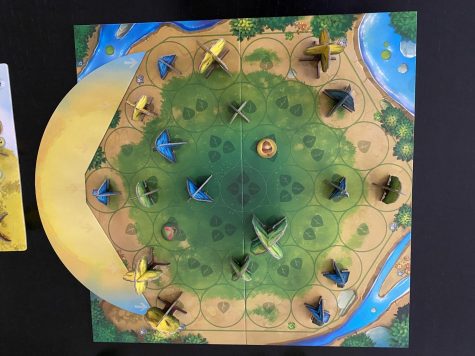
It’s important to remember that trees only cast shadows away from the sun. It’s easy to calculate the light points by going row by row and starting closest to the sun. Each photosynthesis phase will be different from the previous one because the sun moves, causing the shadows to change.
Life Cycle Phase
During the life cycle phase, players take turns spending light points to take actions. After every player takes their turn, the first player marker passes to the left, and the sun moves one space clockwise.
One action you can take is buying things from your player board. You must spend light points equal to the number shown next to the item you are buying from your player board. Bought items are placed in your reserve.
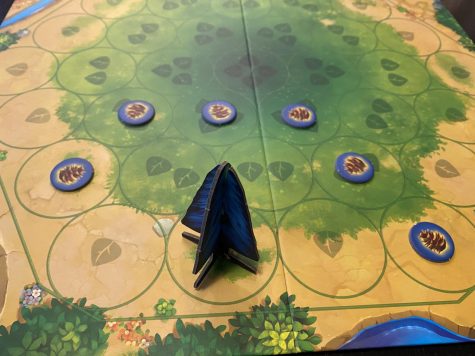
For one light point, you can plant a seed. You must have a seed in your reserve to do this action. You can plant a seed on any empty space on the board within the range of one of your other trees. You can plant seeds up to one space away from a small tree, two spaces away from a medium tree, and three spaces away from a large tree. When counting up two or three spaces, you do not have to follow a straight line.
Another action you can take is growing a tree. You can grow a seed to a small tree for one light point, a small tree to a medium tree for two light points, and a medium tree to a large tree for three light points. The new tree must already be in your reserve, off your player board, to take this action. Furthermore, the piece being replaced goes to the highest empty spot for that item on your player board. If there are no open spots for that component type, it is lost for the remainder of the game.
The last action you can take is collecting. This costs four light points and is the only way to score points. To do this action, you must return one of your large trees to your player board. Then, take the top scoring token that matches the soil type the tree was on. Trees closer to the middle of the board will score more points, but they will get shadowed more often.
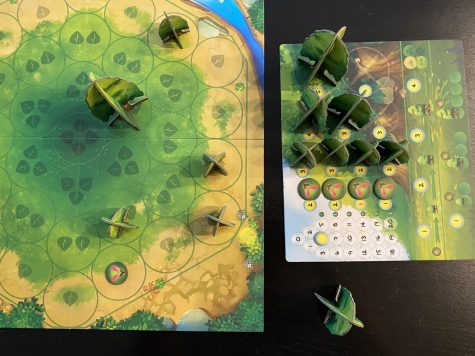
The caveat in this phase is that you can only do one action on each space of the main board. This means that you cannot grow a tree multiple times or collect a tree that you grew this turn. You also cannot plant multiple seeds from the same tree or grow a seed or tree that was involved in planting a seed.
End of the Game
The game ends at the end of the third sun rotation around the board. Players add up the value of their scoring tokens and add one point for every three leftover light points to determine the winner. In the case of a tie, the player with the most seeds and trees on the board wins.
Final Thoughts
If you didn’t figure it out by now, this is a game about trees. It’s not about trading resources, fighting monsters, or building a city. Photosynthesis has a unique theme, which makes it shine. The game mechanisms and components also reflect on the theme to create a great product.
The components look amazing. They’re colorful, which makes them stand out and attract attention when the game is set up. It’s also great that the box is deep enough that you don’t have to take apart the trees every game. The different colored trees are different shapes, but even the same colored trees are slightly different from one another with animals and fruits on them. When you look closely, you can see the tremendous amount of effort put into the artwork.
Mechanically, you have to know that this is an abstract strategy game because it has no luck. If you don’t like that about abstract games, then this one will not change your mind. If you don’t like the way many abstract strategy games lack a theme and don’t mind the absence of luck, then Photosynthesis may be worth a shot.
I personally do enjoy the choices in Photosynthesis. At its core, the game is about making a self-sustaining engine of gaining and spending light points. Each round, you get some light points and spend some to try to get more in future rounds. Usually, one or two players will get their engine going smoothly at some point near the end of the game so they can collect a tree almost every turn. However, I’ve also seen people start collecting trees so early that their engine stops, and they have to rebuild it.
When to start collecting trees is a fascinating choice because you will lose light income by doing so. However, you will get a higher point value for collecting trees sooner than later. Another decision that the game forces you to make is where you plant your trees. The outside spaces on the board are guaranteed to get light two to three times every year. The further in you go, the higher chance the tree is caught in a shadow. But the lack of efficiency is balanced by an increase in points when you do get around to collecting that tree. If a player gets many trees in the inner rings of the board, they have a decent chance against a player who only works with the outer portion of the board.
The game also allows players to plan ahead. I can always count how much light I will get next round and use that to plan my turn. Saving light points for a future round where you won’t get as much light can be crucial. Furthermore, the actions you have are simple. There are no special actions that directly affect other players like stealing light points, which is a huge bonus. In this game, simplicity is better.
Some people will view the player interaction and scalability negatively. Players are forced to interact with each other. You have to plant trees during the game, and trees will always get in the way of other trees. Players who don’t like being mean in games will not enjoy Photosynthesis because the intentional and accidental blocking is impossible to avoid. I like the game best with four players because there is a ton a player interaction. I find the strategies of where to plant trees and when to collect them are the most balanced in the four-player game because of how competitive getting spots is. Three players are okay, but the two and three-player games seem a little too boring because there is too much freedom on the board. Nevertheless, people who like to master a game will enjoy the game best at two players because you control half the moves instead of only a third or a quarter of them. However, people who like to have some sense of luck in their games will want to play with more people because of the unpredictability behind some player’s moves.
Another aspect of the game people may dislike is the restrictions during the life cycle phase. Activating each space only once per round prevents players from rapid growth, but I like the restrictions because they make sense with the theme; it makes sense that you can only grow a tree one time.
In the end, the theme is the reason why this game excels. If this game was about any common theme or had no theme at all, it wouldn’t be a great game. The theme and components really help elevate the game, but the game experience is fun too. Photosynthesis is an easy-to-play family game or a tough abstract strategy battle. While there are better family games out there and better abstract strategy games out there, Photosynthesis is a solid game, so I will give it a 7.5 out of 10. It’s definitely worth checking out if you like abstract strategy, unique themes, awesome components, or heavy player interaction.
[star rating=”3.75″]

